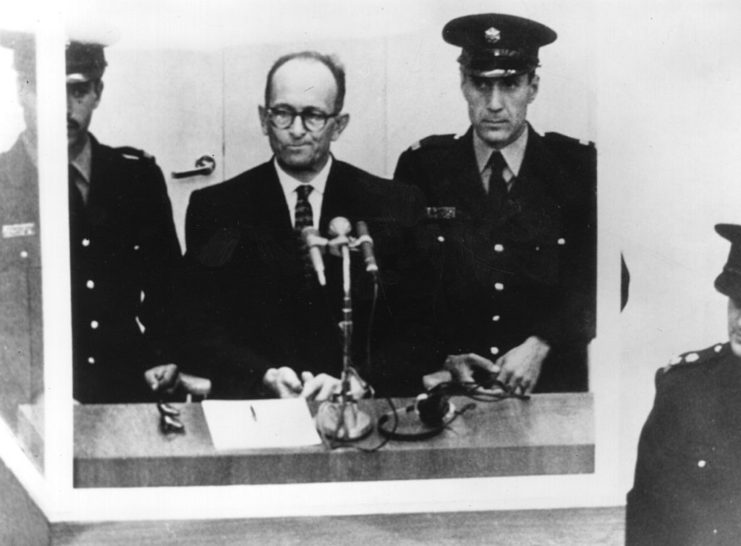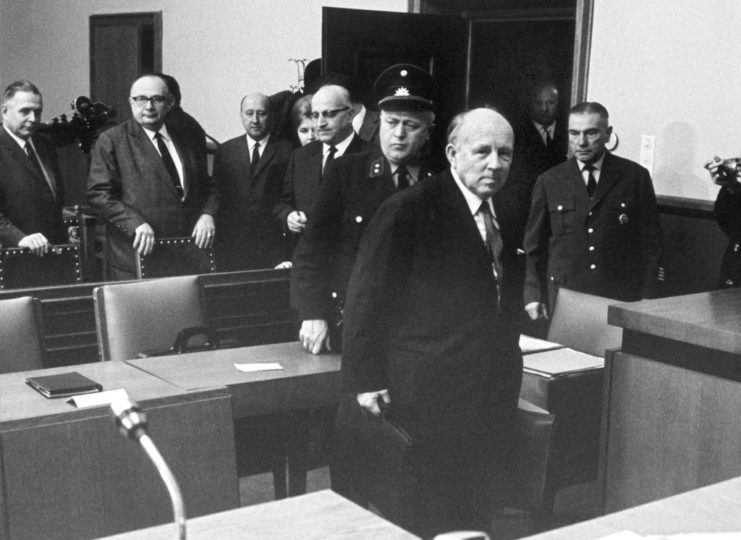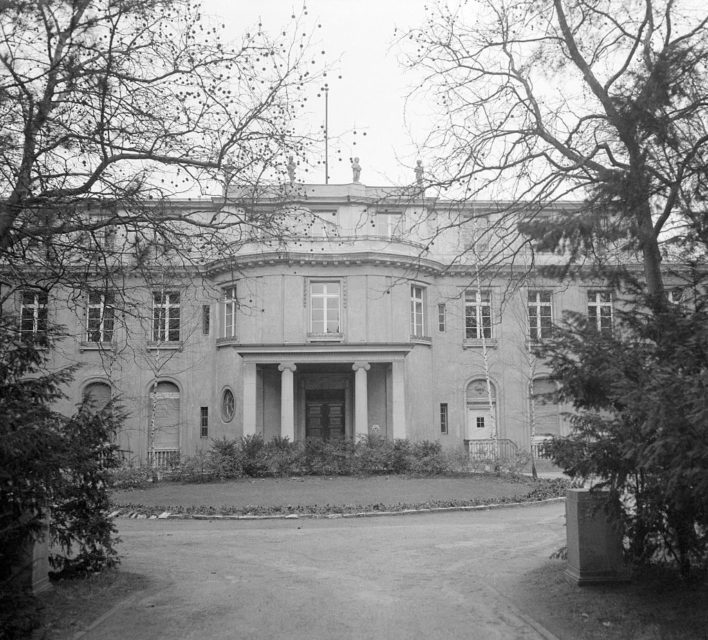How would the Second World War have played out if Nazi Germany went through with their proposed Madagascar Plan? The Madagascar Plan was the idea of forced emigration of European Jews to the island of Madagascar instead of their final destruction. Here, we take a look at the feasibility of the Madagascar Plan, its ultimate demise, and whether or not it was just a ruse for the Nazis’ goals.
Origins

Antisemitism was not a new phenomenon in the 1930s when the Nazis rose to power in Germany. There were several early resettlement plans for European Jews that predated the Nazis’ Madagascar Plan. The first time Madagascar was used as a potential “solution” for the “Jewish question” was in the late nineteenth century but it picked up speed after the First World War.
In 1926, the newly independent Polish state saw Madagascar as a potential solution for their rural overpopulation problem. A year later, Japan also showed interest in sending people to the island. However, both governments concluded that the island’s soil and conditions did not allow for the creation of their imagined settlement. The French eventually came to the same conclusion.
The Polish government turned its attention back to Madagascar a decade later, in 1937. This time, the Polish government was concerned with their Jewish inhabitants, considering one million Jews in their country to be too many. That year, the Polish government sent a three-person commission to Madagascar to explore the possibility of sending their Jewish population there. After a 13-week investigation, the commission concluded that up to 5,000-7,000 Jewish families could settle in Madagascar, but more realistically, the island could only hold 500 families.

On December 9, 1938, French Foreign Minister Georges Bonnet informed German Foreign Minister Joachim von Ribbentrop that in order to get rid of the 10,000 Jewish refugees in France, it would be necessary to ship them elsewhere. Thus, the Nazi Regime decided that their answer to the “Jewish question” would be mass emigration.
Starting in 1938, many Nazi officials made mention of the Madagascar Plan, but there is no evidence of any actual planning for Jewish resettlement to Madagascar until June 1940. In the spring of 1940, it became evident that the Nisko-Lublin Plan – which called for the deportation of Jews to annexed parts of Poland – was not going to work. It was only after the imminent fall of France that Nazi Germany began officially looking at mass Jewish emigration to Madagascar.
The Madagascar Plan

The idea of the Madagascar Plan was put forth by Franz Rademacher, head of the so-called Jewish Desk of the German Foreign Office. In his proposal related to Madagascar and the imminent fall of France, Rademacher wrote, “the approaching victory gives Germany the possibility, and in my view also the duty, of solving the ‘Jewish question’ in Europe. The desirable solution is: All Jews out of Europe.” Rademacher’s plan then went to Joachim von Ribbentrop, who further discussed it with Adolf Hitler.
This plan spread to all levels of the German administration involved in the General Government during the summer of 1940. In fact, in Warsaw, plans to commence building two ghettos on the edge of the city, beginning in July 1940, were brought to a standstill because of the Madagascar Plan.
Eventually, Reinhard Heydrich got wind of the proposal and demanded that oversight for it be transferred to the Reich Security Main Office. With Hitler’s approval, Adolf Eichmann released a memorandum on August 15, 1940. The Madagascar Plan called for the resettlement of one million Jews per year over four years to Madagascar. Madagascar would be a police state run by the SS. Eichmann even proposed that two ships each day would leave Europe for Madagascar, each carrying 1,500 Jews.
Britain’s resistance foiled the plan

The Nazis planned to carry out the deportation of European Jews through the use of British merchant marine ships. When proposing his plan, Eichmann assumed that Germany would successfully invade Britain and would have their merchant ships at their disposal to move the Jewish population to Madagascar.
Once Germany lost the Battle of Britain, their invasion of the UK was postponed indefinitely. This meant that Germany would not have the British fleet at their disposal, which stalled the Madagascar Plan.
In August 1940, the building of the Warsaw ghettos was resumed. The Madagascar Plan was officially abandoned in 1942. More specifically, in January 1942, at the Wannsee Conference, the “Final Solution” was proposed, meaning the systematic killing of the European Jewish population. Death camps to implement the Nazis’ Final Solution were created throughout Poland shortly after this conference.
Was the Madagascar Plan a smokescreen?

Historians have speculated whether or not the Madagascar Plan was a smokescreen for the Holocaust and whether or not the plan was actually ever seriously considered by the Nazis. Historians have argued that the real main purpose of the Madagascar Plan was to provide a facade to distract the rest of Europe from the Nazis’ real “Final Solution” – the systematic killing of European Jews.
However, the Nazi party did initially seem enthusiastic about the Madagascar Plan, with both Hitler and Eichmann working out the necessary steps to deport European Jews. However, it is important to note that the Madagascar Plan always included a genocidal aspect to it.
More from us: Jewish Man Bequeaths 2 Million Euros to French Village That Hid His Family During the Holocaust
The Nazis expected many Jews to die during the voyage to Madagascar, as well as the many deaths from various elements in Madagascar. In this sense, the relocation of European Jews to Madagascar meant natural decimation, not systematic killing.
